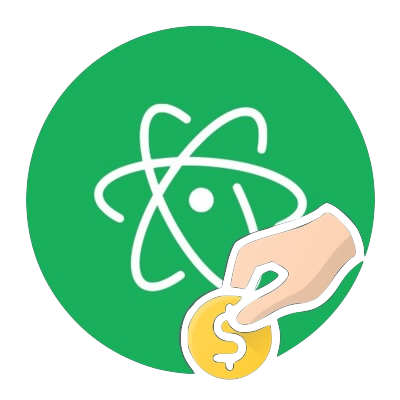Two notes on Sabine Hossenfelders latest video on the cost and build time of nuclear

Today science communicator Sabine Hossenfelder published a video on why nuclear energy is, in the West, more expensive and takes longer to build compared to, for example, solar and wind - and why it doesn't actually matter that much. First of all, I'll embed the video as I really think you should give it a watch.
Ok, watched it? It's a great exposé with a lot of nuance. Well done really. I just have two gripes with the content:
1. Fleet mode exists
My first point is an extension of a point that Sabine sort of made with SMR's: they can be built in an assembly line fashion. Yes, but this is also the case for large units. This has a remarkable effect on speed, which already occurs on very few units indeed, as EDF noted in a 25% increase in building speed of reactor number 2 of Hinkley Point C, as compared to reactor 1. As correctly noted in the video, speed correlates with costs, so a faster building speed means lower costs for the simple reason less time is needed before revenue starts and less interest is piled up.
This increased building speed is important for a second reason as below graph shows:

This shows that building units in parallel makes a huge difference. France was able to decarbonise in a generation due to this fleet mode effect. This had an effect on lowering costs too, it being a fraction of the German Energiewende, although it remains to be seen if these can be emulated in the current regulatory framework:
[caption id="attachment_573" align="aligncenter" width="830"]

Yes, that says €96 billion for the construction of 58 reactors.[/caption]
2. System costs
In the video LCOE, or levelised costs of energy/electricity, is mentioned. This was a missed opportunity I think. LCOE has the limitation that it can't be used as a measuring stick to compare it against energy sources like solar and wind, a common tactic used by anti-nuclear folk.
The point here is that where nuclear can be a drop in replacement of existing fossil fuel sites, solar and wind require lots of investment in new infrastructure, and also more infrastructure, to compensate (to an extent) to the locality differences of energy generation. Simply put, the wind doesn't blow consistently at the same spot all the time, but over a large enough area you can compensate for that, to an extent. That does require a lot of extra copper wires to be installed and maintained.
The second point here is that of capacity factor: the unitless ratio of actual electrical energy output over a given period of time to the theoretical maximum electrical energy output over that period. For solar in the Netherlands (where I live) and Germany (where Sabine lives) that's about 8 or 9% annually. For onshore wind that's 25%. For offshore wind that about 45%. What does this mean? Well, to have consistent energy flow all of the time you need energy backup. Today that means natural gas running running a lot of the time and standing by all of the time.
The latter point is important, because it means that gas, being the most expensive component of the solar/wind/gas energy mix, de facto determines the price of the whole mix. This is why the production cost of a kWh of electricity is 9, 10 or 11 cents and not 1, 2 or 3 cents if we only look at solar or wind. It also means that investors in solar and wind parks, selling their electricity at the higher prices, reek in very nice profit margins indeed. So yes, solar and wind are very cheap, for investors, not for consumers. Is that justified? Well, it's how it works, in normal times anyway. As we saw last winter prices can becomes detached from production prices completely due to shortage, causing huge economic havoc.
Meanwhile, French electricity prices, mostly defined by nuclear, are much lower to German ones. So much so that minister Habeck whines about it loudly and wants a big subsidy for German industry to survive. Mind that wholesale prices in France are set to rise towards 7 cents per kWh from 2026 onwards as the previous ARENH legislation is set to expire, which is higher than production prices (but much lower than what Germany can produce for), creating financial room to invest in new nuclear installations for the coming decades.
I hope Sabine keeps up the great work though. She's clearly moved towards a more nuanced and well informed position on this subject over the past year or so.
 Do you value this free article? Please consider a onetime donation or subsribe to read all of my content. Thank you!
Do you value this free article? Please consider a onetime donation or subsribe to read all of my content. Thank you!